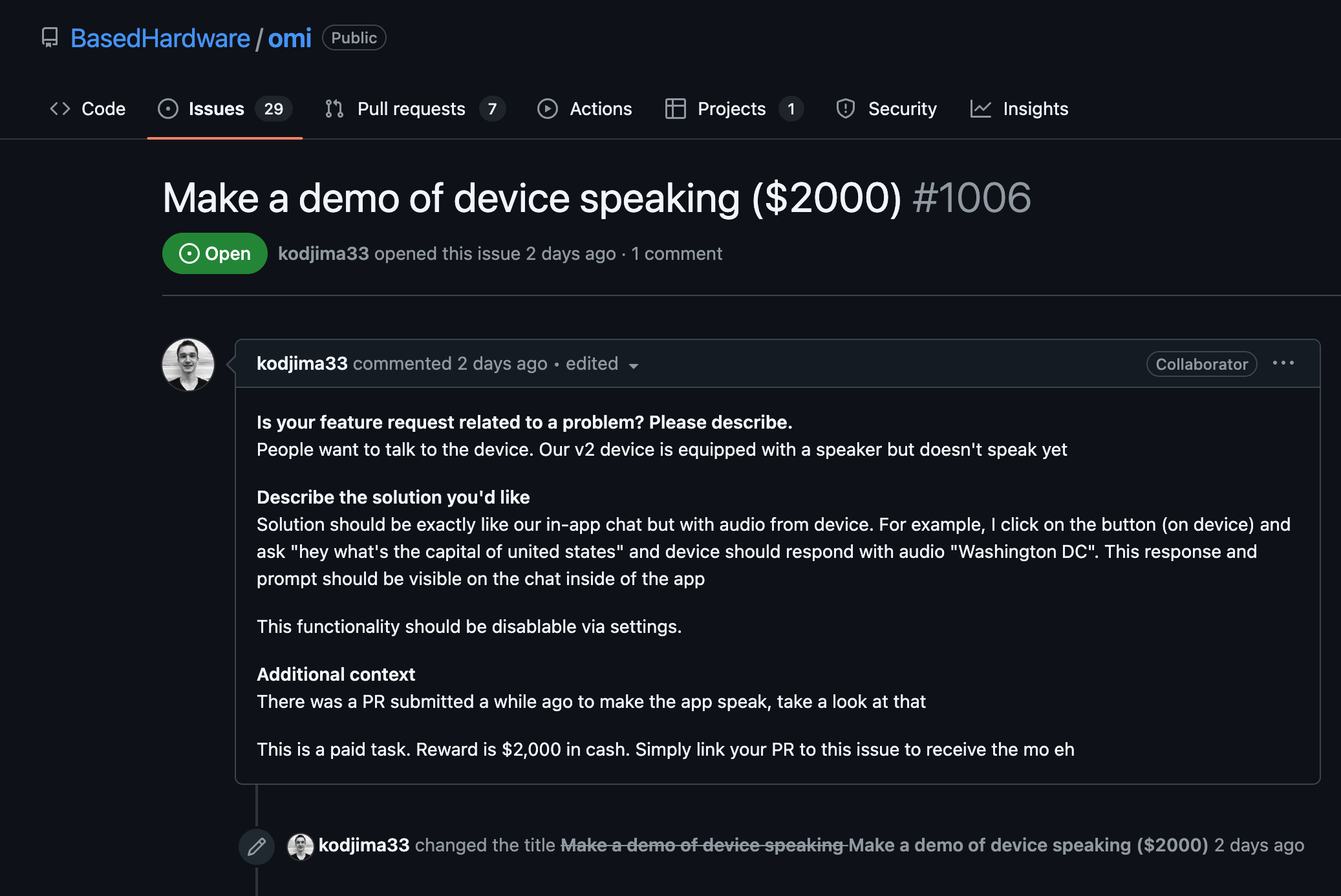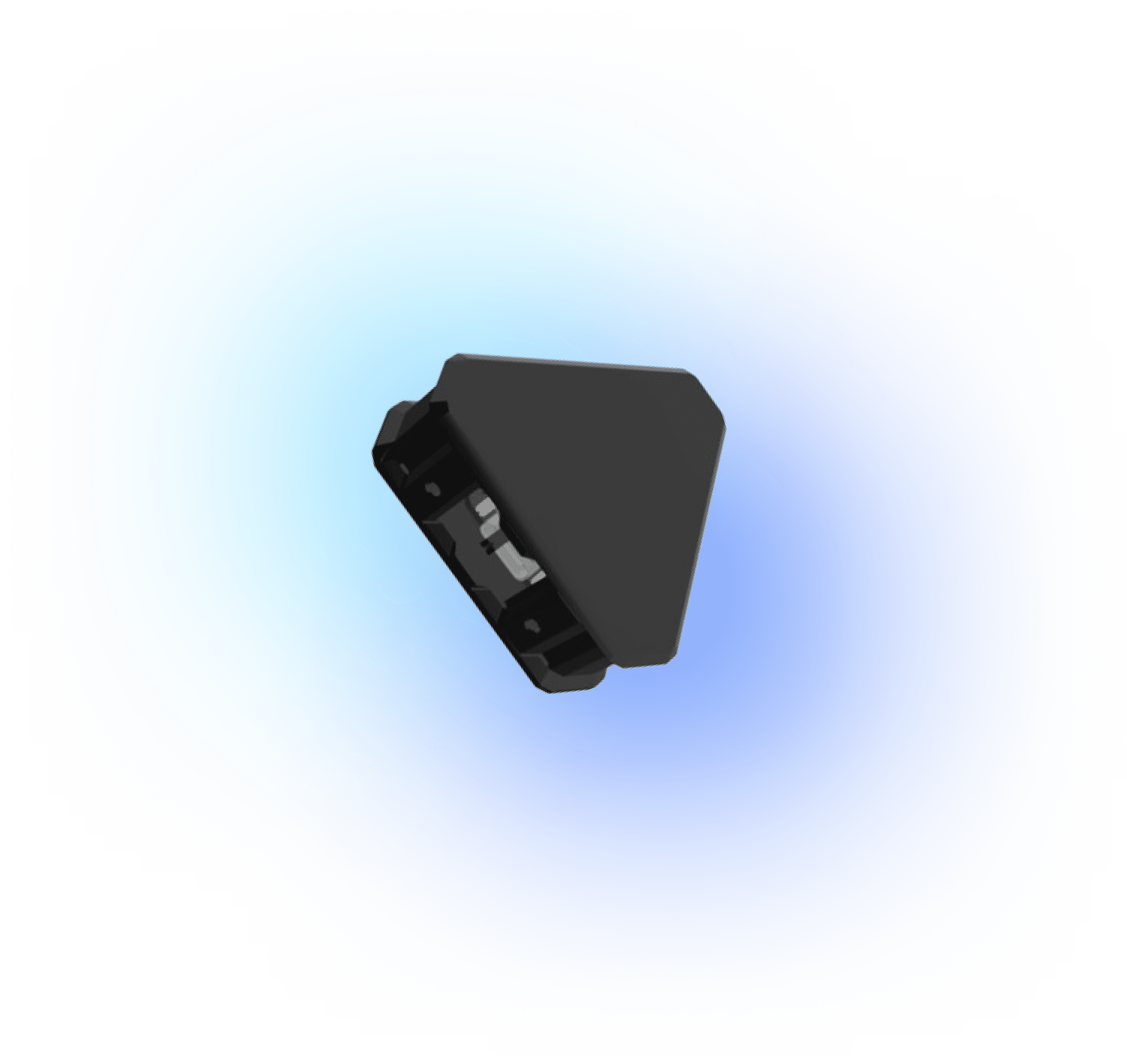Integrate AWS SDK for Java
- Make sure to include the AWS SDK dependency in your project. You can do this through Maven by adding the necessary dependency in your `pom.xml` file. Below is an example of what to include:
<dependency>
<groupId>software.amazon.awssdk</groupId>
<artifactId>textract</artifactId>
<version>2.x.y</version>
</dependency>
Set Up AWS Credentials
- AWS requires credentials to interact with Amazon Textract. Use the SDK's default credential provider chain, which looks for credentials in the following order:
- Environment Variables - `AWS_ACCESS_KEY_ID` and `AWS_SECRET_ACCESS_KEY`
- Java System Properties - `aws.accessKeyId` and `aws.secretKey`
- Default credential profiles file - typically located at `~/.aws/credentials`
Initialize the Textract Client
- Use the AWS SDK for Java to create the Textract client instance. The following code snippet demonstrates how to establish this connection:
import software.amazon.awssdk.services.textract.TextractClient;
TextractClient textractClient = TextractClient.builder()
.build();
Prepare Your Document
- You must upload your document (PDF or image) to an S3 bucket. Amazon Textract processes documents from within the S3 environment.
- Ensure that the S3 bucket's permissions allow Textract to access it.
Call Amazon Textract API
- To invoke the Textract API for document analysis, utilize the `analyzeDocument` method from the client. Below is a code example illustrating this API call:
import software.amazon.awssdk.services.textract.model.*;
public AnalyzeDocumentResponse analyzeDocument() {
S3Object s3Object = S3Object.builder()
.bucket("your-s3-bucket-name")
.name("your-document-key")
.build();
Document document = Document.builder()
.s3Object(s3Object)
.build();
AnalyzeDocumentRequest request = AnalyzeDocumentRequest.builder()
.document(document)
.featureTypesWithStrings("TABLES", "FORMS")
.build();
return textractClient.analyzeDocument(request);
}
Process and Interpret Results
- The `AnalyzeDocumentResponse` object contains detailed information about the document's textual content, including detected form data and tables. Here's an example of processing the result:
public void processDocumentAnalysis(AnalyzeDocumentResponse response) {
for (Block block : response.blocks()) {
if (block.blockTypeAsString().equals("LINE")) {
System.out.println("Detected Text: " + block.text());
}
}
}
Handle Exceptions and Errors
- Always ensure proper error handling. Amazon Textract might throw exceptions due to issues like unsupported document formats or access permissions.
- Use try-catch blocks to manage potential exceptions and log them to understand issues effectively.
























